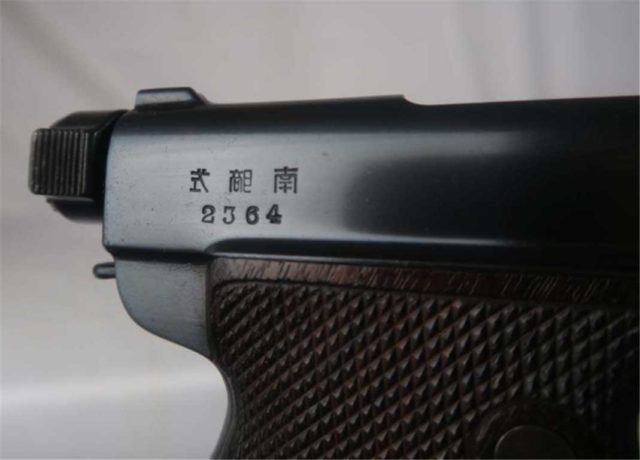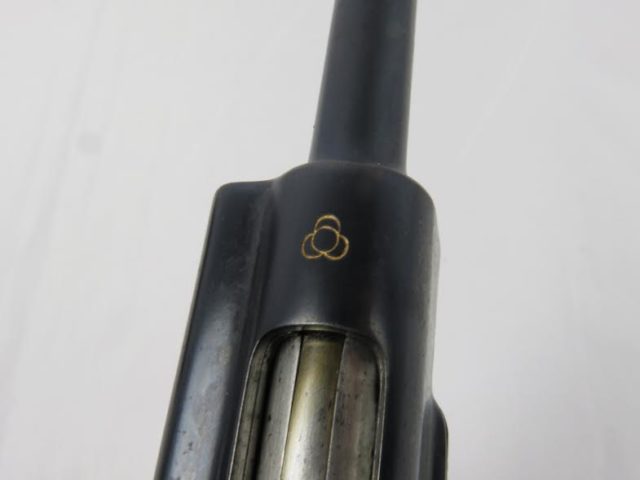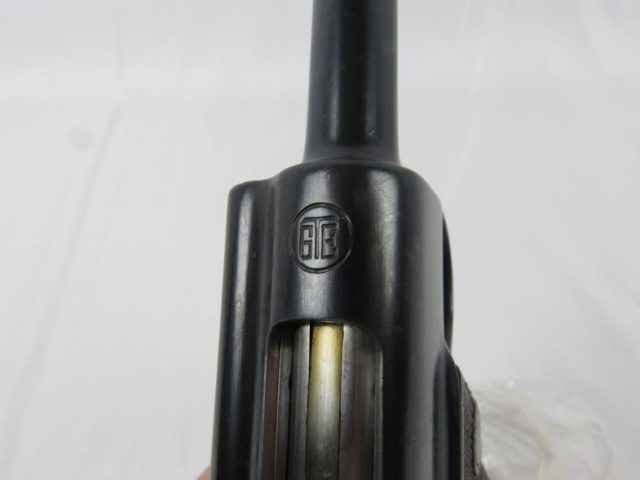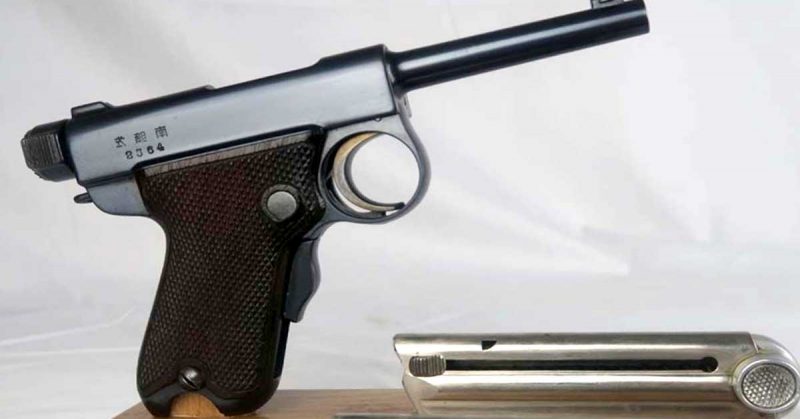War History Online presents this Guest Article by Tom Whiteman, long-time Luger and Walther collector and owner of Legacy Collectibles.
The Creation of the Baby Nambu
Kijiro Nambu was the youngest son born to the former samurai clan, Nabeshima. Although he was born to this samurai family he was raised by a local merchant. Kijiro’s mother died soon after he was born, and his father struggled with financial difficulties making him unable to raise his son.
Throughout Kijro’s younger years he was instilled with the values of hard work and determination. He then carried these skills to his adult years where by age 20 he became a cadet in the Imperial Japanese Army Academy. Three years later he was a commissioned Lieutenant in the artillery division.
Creation of the Nambus
As a Lieutenant in the artillery, he was assigned to the Tokyo Arsenal to work under weapons designer, Nariakira Arisaka, on the type 30 rifle project. After working under Arisaka for a few years he was promoted to Major where he was charged with the development of a semi-automatic pistol for the Japanese military. His first version was completed in 1902, and was named the Nambu after Kijiro himself. This 8mm pistol was referred to the Type A model, of which we now call the Grandpa Nambu.

Unfortunately, there were many design issues that came along with this first variation which lead Kijiro to create the Type B, or Baby Nambu in 1907. This handgun was built smaller and lighter. While it improved some design flaws from the Type A design, it still wasn’t formally adopted by the military. The design of the handgun received praise from the Army Minister, however, it was never the official handgun of the Army since production costs were too high, and the caliber was too small. (It was made as 7mm which is comparable to our own 25 caliber). Since the Japanese Army, much like the British, required officers to purchase their own side arms, it wasn’t a feasible option for many officers. So, the Baby Nambu was made in limited numbers making them very rare today.
Baby Nambu Specifications
There are a few iterations of the Type B Nambu when it first went into production. The first 450 had a wooden magazine bottom and single diameter firing pin. In later production, the magazines had an aluminum bottom, and a multiple diameter firing pin. The cost of this handgun was 180 yen. To put that in perspective, a newly commissioned Lieutenant’s monthly income was 70 yen.

Factory Production
The Koishikawa factory (also known as Tokyo Arsenal) production of the Baby Nambu halted in 1923 when the Great Kanto earthquake went through. Although production of parts ceased, Baby Nambu assembly continued till 1929. Only about 6000 pistols were made by the Tokyo Arsenal, and then another 550 by Tokyo Gas and Electric after production was moved following the earthquake.

In the 1930’s Kijiro Nambu decided to open his own factory named Nambu Arms Manufacturing Company. The Japanese Imperial Army requested smaller/lighter pistols for specialist troops such as paratroopers and tank crews. These firearms needed to be manufactured quickly, and had to be affordable. Ultimately, the Type 94 pistol was rushed, and the quality was greatly affected. The original Type 94 was never formally adopted by the Japanese Imperial Army.
The Type B (Baby) Nambu is somewhat of a rare handgun produced from 1907-1929. While it was produced to replace the Type A Nambu, the price per gun was unfortunately too expensive. Although the Type B Nambu wasn’t issued for military purposes, it was available for private purchase by a very limited number of Japanese officers. For many in the military it became a status symbol to own one. Today they are among the rarest and most desirable pistols for the Japanese military collector.
Author Bio:
Tom Whiteman bought his first Luger as a college student in Florida. This began a 40-year quest to collect the finest variations of both Lugers and Walther pistols. Today he owns Legacy Collectibles having turned his hobby into a thriving business.
